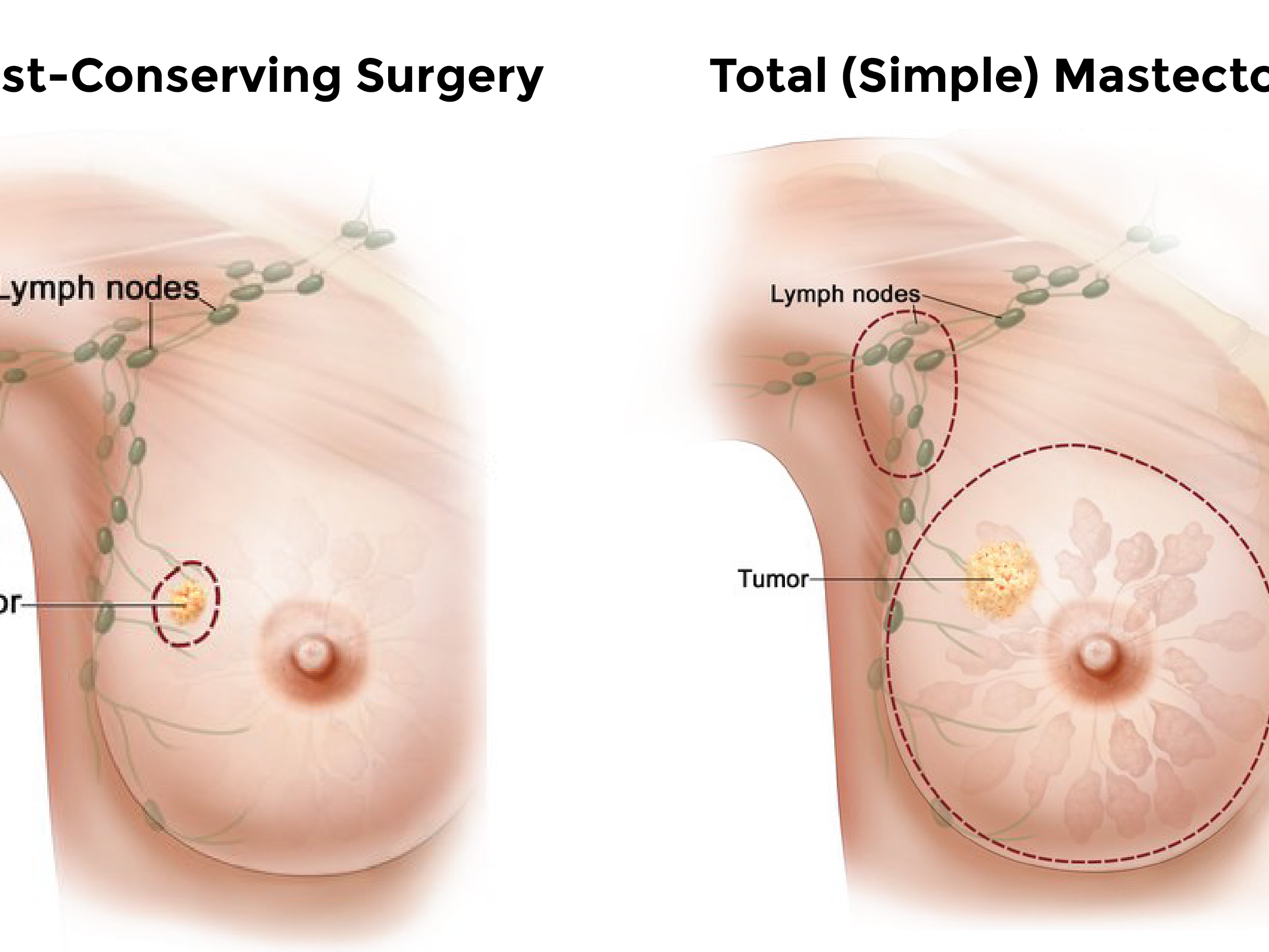Breast cancer surgery is a crucial component in the comprehensive treatment of breast cancer, aimed at removing cancerous tissue from the breast. It encompasses several procedures tailored to individual patient needs, ranging from lumpectomy to mastectomy, and often involves a multidisciplinary approach involving surgeons, oncologists, radiologists, and other healthcare professionals.

One of the primary goals of breast cancer surgery is to completely remove the tumor while preserving as much healthy breast tissue as possible, thereby maintaining the aesthetic appearance of the breast and minimizing the psychological impact on the patient. This approach is typically employed in cases where the tumor is small and localized, and the patient desires breast conservation.
Lumpectomy, also known as breast-conserving surgery, involves the removal of the tumor along with a margin of surrounding normal breast tissue. This procedure is often followed by radiation therapy to destroy any remaining cancer cells and reduce the risk of recurrence. Lumpectomy is an attractive option for many patients as it allows them to retain most of their breast tissue and may result in a less extensive recovery period compared to mastectomy.
Mastectomy, on the other hand, involves the complete removal of the breast tissue and is necessary in cases where the tumor is large or has spread extensively within the breast. There are different types of mastectomy procedures, including total mastectomy (removal of the entire breast), modified radical mastectomy (removal of the breast tissue along with the lymph nodes in the armpit), and radical mastectomy (removal of the breast tissue, underlying chest muscles, and lymph nodes). The choice of mastectomy type depends on various factors such as the size and location of the tumor, the extent of lymph node involvement, and the patient's overall health and preferences.
In addition to tumor removal, breast cancer surgery may also involve procedures to reconstruct the breast, either immediately following mastectomy (immediate reconstruction) or at a later stage (delayed reconstruction). Breast reconstruction can be performed using various techniques, including implants, tissue expanders, and autologous tissue transfer (flap reconstruction), and aims to restore the shape, size, and symmetry of the breast, thereby enhancing the patient's quality of life and self-esteem.
Throughout the surgical process, patient-centered care is paramount, with healthcare providers working closely with patients to address their concerns, preferences, and treatment goals. This may involve discussing the potential risks and benefits of each surgical option, providing emotional support and counseling, and ensuring access to resources and support groups for ongoing care and rehabilitation.
In conclusion, breast cancer surgery plays a critical role in the management of breast cancer, offering patients personalized treatment options aimed at effectively removing cancerous tissue while preserving physical appearance and emotional well-being. By combining surgical expertise with compassionate care, healthcare providers strive to optimize outcomes and empower patients on their journey to recovery.
